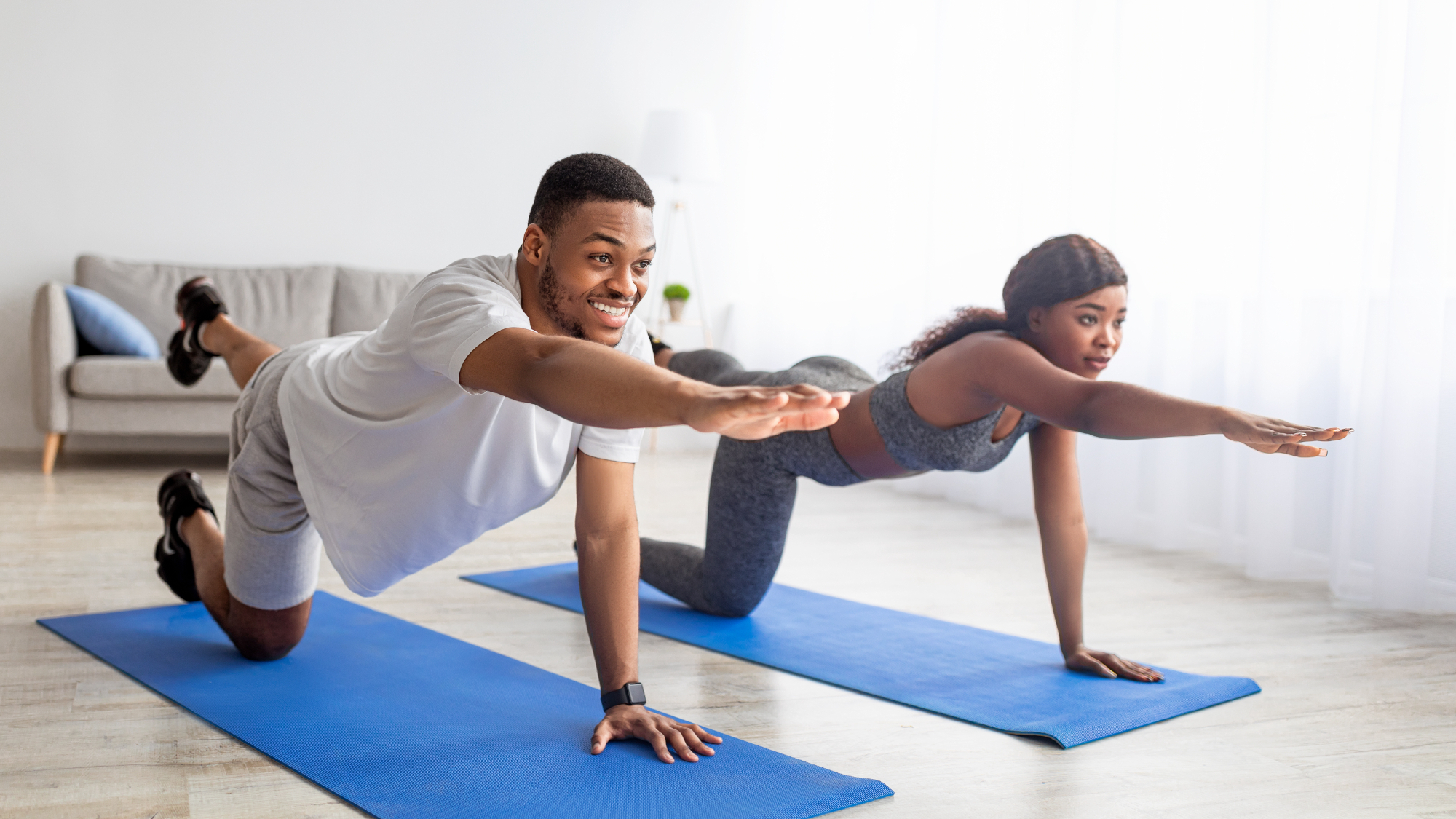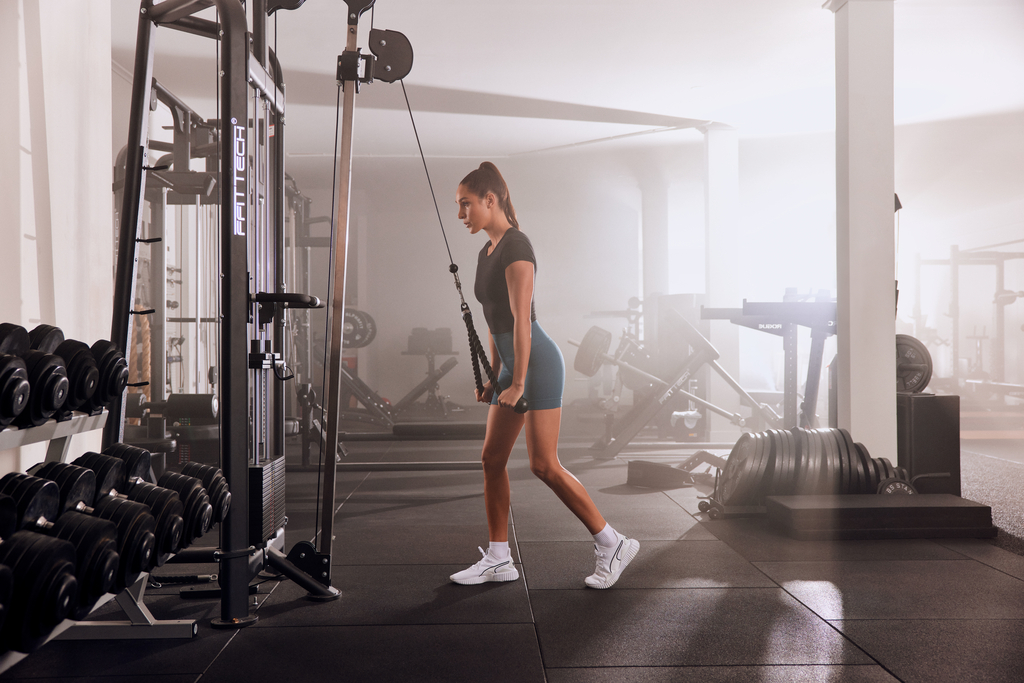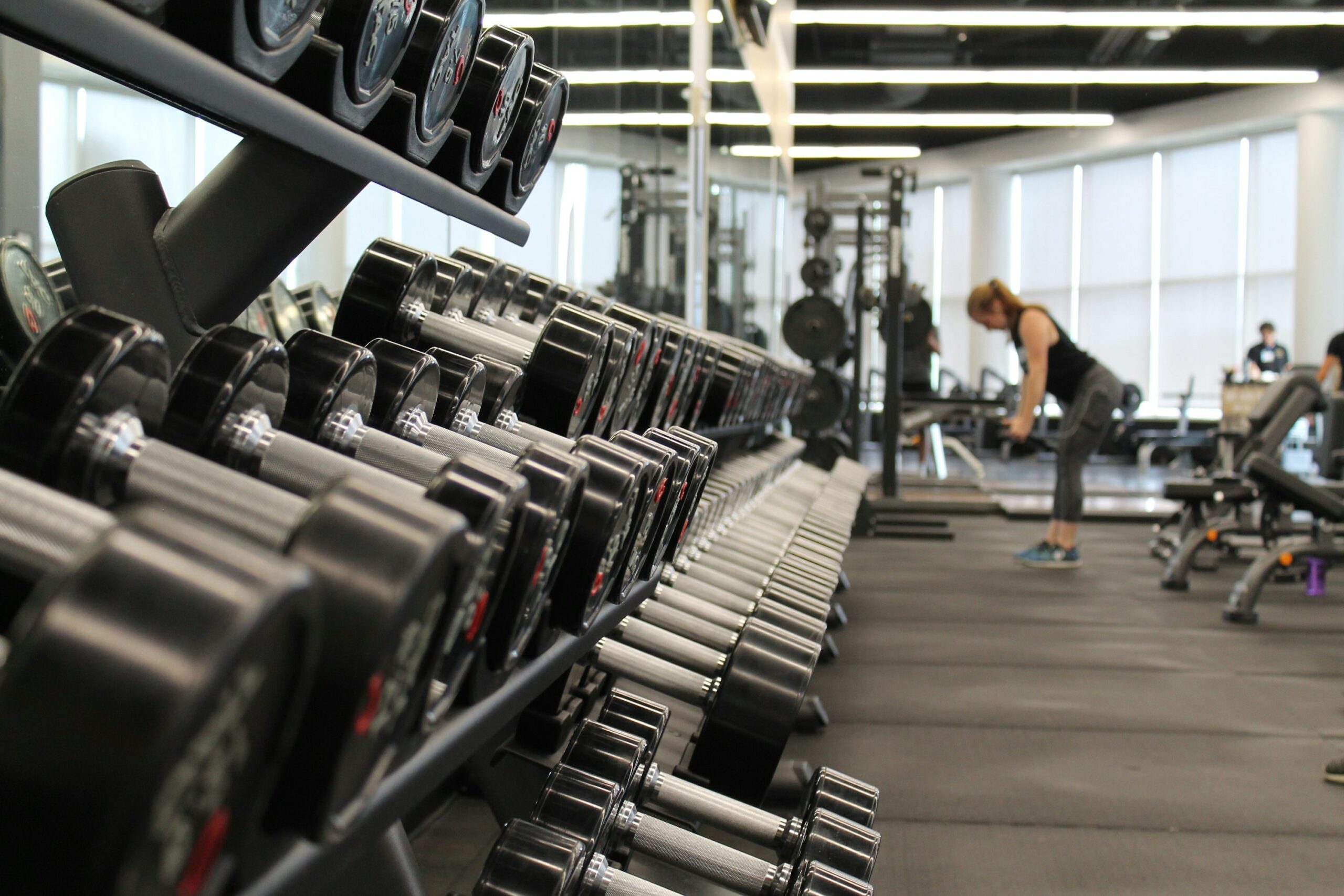Dementia is one of the most feared conditions associated with aging — and for good reason. It doesn’t just affect memory; it impacts identity, independence, and quality of life. While there’s no guaranteed way to prevent it, research shows that what we eat can significantly reduce the risk.
The best part? You don’t need exotic superfoods or complicated diets. Just a handful of nutrient-rich, everyday foods can offer real protection for your brain.
Here are 8 foods that may help guard your mind against dementia:
1. 🫐 Blueberries – The Brain’s Best Friend
Packed with antioxidants, especially flavonoids, blueberries help fight oxidative stress — a major contributor to brain aging and dementia. Studies link them to better memory and delayed mental decline.
2. 🥬 Spinach – Green for Growth
Spinach and other dark leafy greens are loaded with folate, vitamin K, and lutein. These nutrients have been shown to slow cognitive decline and support brain cell function.
3. 🐟 Salmon – Rich in Omega-3s
Fatty fish like salmon, mackerel, and sardines contain DHA — a type of omega-3 fat that’s essential for brain health. Regular intake has been associated with lower risk of Alzheimer’s and other dementias.
4. 🌰 Walnuts – A Memory-Boosting Snack
Walnuts contain polyunsaturated fats, vitamin E, and antioxidants. They support better brain function and may help reduce inflammation that contributes to dementia.
5. 🍫 Dark Chocolate – A Sweet Brain Treat
In moderation, dark chocolate (with 70% cacao or more) supports blood flow to the brain and is full of flavonoids that may improve memory and cognitive flexibility.
6. 🍅 Tomatoes – Antioxidant Armor
Tomatoes are high in lycopene, which may help protect brain cells from damage and reduce the risk of neurodegenerative diseases like dementia.
7. 🍇 Grapes – Natural Neuroprotectors
Especially red and purple grapes, which are rich in resveratrol — a compound that may help protect the brain against age-related decline and inflammation.
8. 🧄 Garlic – Small Clove, Big Impact
Garlic has anti-inflammatory and antioxidant effects that can support overall brain health and potentially slow down the progression of dementia symptoms.









